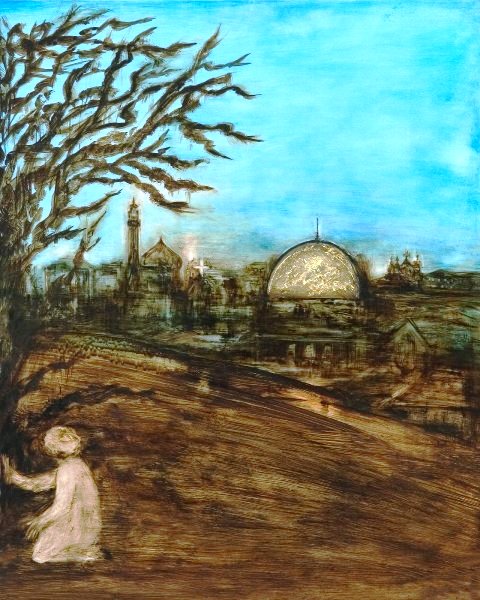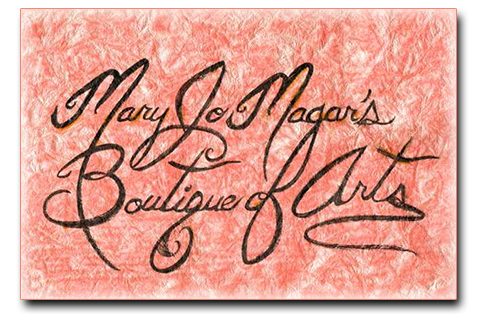
“The mind of an attentive man is the sentry, the sleepless guardian, placed over the inner Jerusalem”
– Saint Seraphim of Sarov –
Many Asian cultures believe that when the element gold is incorporated into a sculpture, divine essence is bestowed and the sculpture is thus brought to life.
In the myth of Pygmalion, the statue of a beautiful woman incarnates to return the love of her misogynist sculptor who, in having artistically transmuted his disdain for women, fashioned his creation with the pure “gold” of his heart, the divine inspiration of his talent.
It was the Romans who first used a gold band as a symbol of betrothal; for the pleasurable plateau of romantic love promises a taste of divinity on human lips, hence, a marriage between heaven and earth.
The gold standard as a foundation of financial structure is also a foundation of spiritual structure.
Perhaps gold is only the “barbarous relic,” as so described by John Maynard Keynes, when its luster blinds rather than illuminates; either result is attributable not to gold itself but to the consciousness perceiving gold’s value.
In Theory of Money and Credit Ludwig von Mises wrote, “The excellence of the gold standard is to be seen in the fact that it renders the determination of the monetary unit’s purchasing power independent of the policies of government and political parties.”
In spiritual context it could be said that excellence of the gold standard, in this case, moral character, is to be seen in the fact that it renders the determination of an individual independent of personal pettiness and impersonal corruptions.
Malleable, ductile, reflective, resistant to corrosion and tarnish, conductive of electrical force, and equated with power, beauty, honor, dignity, and cultural elitism: who at any time would not desire gold as his/her standard of life? And yet an old proverb states, “Gold is where you find it.” Moreover, “all that glitters is not gold.”
Astrologically, the element gold is associated with the Sun, the radiant center of our solar system, the symbolic masculine beginning of creation and life.
King Tutankhamun’s death mask was poured from the rays of Ra, the sun god. Such gold, it was believed, would return the boy king to life after death. To the Egyptians, gold was ascension to worldly power as well as to life everlasting.
The American space program employs gold-brazing alloys as heat reflectors; here too gold aids ascension – and descent for the sake of scientific ascension and ultimately for the sake of evolution.
Such are the gifts of the Magi that we all bear: the imperishable gold of divine essence housed in a human body predestined for myrrh’s embalmment and yet vehicular for immortality through transmutation of earth’s dross into the frankincense of ever rising truth.
All life is a gold rush one way or another and all ways.
We “go for the gold” expecting or at least hoping to profit from gold’s standard, one way or another, with or without extrapolative fulfillment, and commonly ignorant of gold’s irony, its metaphorical reflection of that which is the wealth in all of us (“a heart of gold”) when not objectified by materialism.
Perhaps more even than a standard of wealth, gold represents the unconscious lure of optimism by which human progress and thus survival are safeguarded.
Whether applied optimistically or contrarily so, the Golden Rule is literal, self-evident: we profit from what we invest, even if the profit is loss, for the gold standard bears its own interest at all times, and its singular dividend is a “bouillon” that nourishes with the liquidity of hope and ultimately faith in future return.
Our Olympian endeavors earn a luster of experience that is the standard’s insurance and in effect the true gold existing for fools and sages alike, beyond reality’s glare, beyond reality’s tarnish, and more closely beyond the objective myth of treasure always being buried somewhere other than in an obvious place, much less within oneself.
Our wars, personal and otherwise, are gold driven; we seek the spoils of victory without recognition of victory as a nom de guerre and therefore an illusion that endures only as long as a war is heatedly believed necessary.
In the meltdown of victory is found victory’s true identity: the gold standard, like the “golden hour” in which a treated casualty has the best chance of survival.
Ultimately we seek the endurance of gold.
We seek to be domes of the rock, however ultimately defined.
– Mary Jo Magar –
